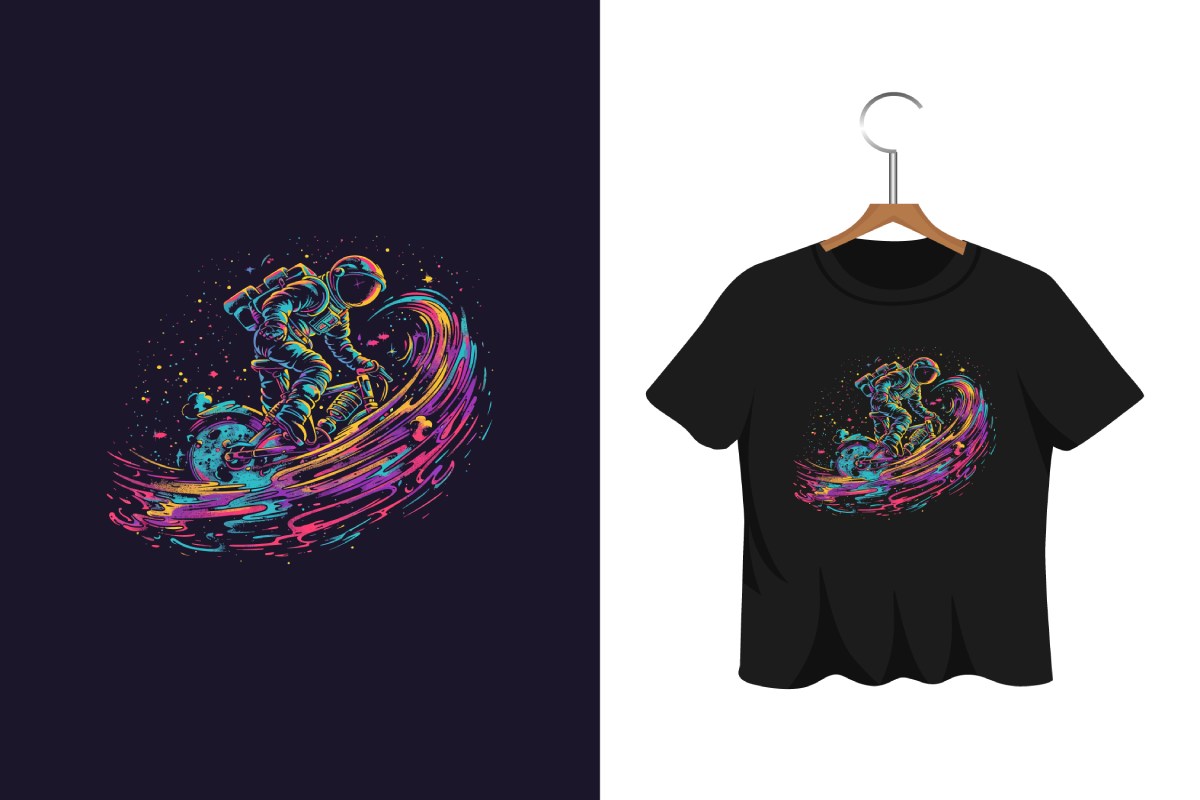
Essential Equipment for DTF Transfer
DTF Printer: The Core of the Process
DTF transfer printing requires specialized equipment to ensure high-quality and durable prints. Whether starting a new business or upgrading an existing setup, having the right tools is crucial for efficiency and cost-effectiveness. From printers to curing units, each component plays a vital role in producing vibrant and long-lasting prints.
A high-quality DTF transfer printer is essential for producing detailed and vibrant designs. These printers use specialized inkjet technology to print onto transfer films. Choosing a printer with precise resolution and consistent ink output ensures superior print quality.
DTF Transfer Film
Specialized DTF transfer films are required to hold the printed design before transferring it onto fabric. These films are coated to ensure proper ink adhesion, resulting in crisp and accurate prints. Using high-quality films prevents smudging and enhances durability.
DTF Ink and Adhesive Powder
DTF-specific pigment inks are designed to produce bright and lasting colors. Additionally, adhesive powder is used to bond the ink to fabric during the curing process. The right combination of ink and powder ensures flexibility and longevity in the final product.
Heat Press Machine
A reliable heat press is crucial for transferring the design onto fabric. The machine applies the necessary heat and pressure to ensure strong adhesion. Adjustable temperature and pressure settings provide flexibility for different fabric types.
Curing Oven or Heat Gun
After applying adhesive powder, curing is essential to activate the bonding process. A curing oven or an industrial-grade heat gun is used to set the powder before transferring the design. Proper curing prevents peeling and enhances the print’s durability.
Powder Shaker for Large-Scale Production
For businesses handling high volumes of DTF transfer printing, an automatic powder shaker ensures even application of adhesive powder. This equipment saves time and improves consistency, reducing manual labor.
Conclusion
Investing in the right equipment is key to achieving professional-quality DTF transfer prints. From printers and films to curing units and heat presses, each component plays a crucial role in the process. With the right setup, businesses can produce durable and high-quality prints efficiently.
FAQ
- What type of printer is required for DTF transfer?
- A specialized inkjet printer designed for DTF transfer printing is necessary for optimal results.
- Can I use regular transfer films for DTF printing?
- No, DTF transfer requires specially coated films to ensure proper ink adhesion.
- Why is adhesive powder important in DTF transfer?
- Adhesive powder helps bond the printed design to fabric, ensuring durability and flexibility.
- Is a heat press necessary for DTF transfer?
- Yes, a heat press applies the required temperature and pressure for successful transfers.
- What is the function of a curing oven?
- A curing oven ensures proper activation of the adhesive powder before the design is transferred.
- Can I use a heat gun instead of a curing oven?
- Yes, but a curing oven provides more consistent and controlled heat for better results.
- How do I maintain my DTF printer?
- Regular cleaning, proper ink storage, and nozzle maintenance are essential for long-term performance.
- What temperature is ideal for DTF transfers?
- Most DTF transfer applications require a heat press set between 150-160°C.
- Is a powder shaker necessary for small businesses?
- For low-volume production, manual powder application is sufficient, but a shaker improves efficiency.
- Can I print on different fabric types using DTF transfer?
- Yes, DTF transfer works on cotton, polyester, blends, and even non-textile materials.